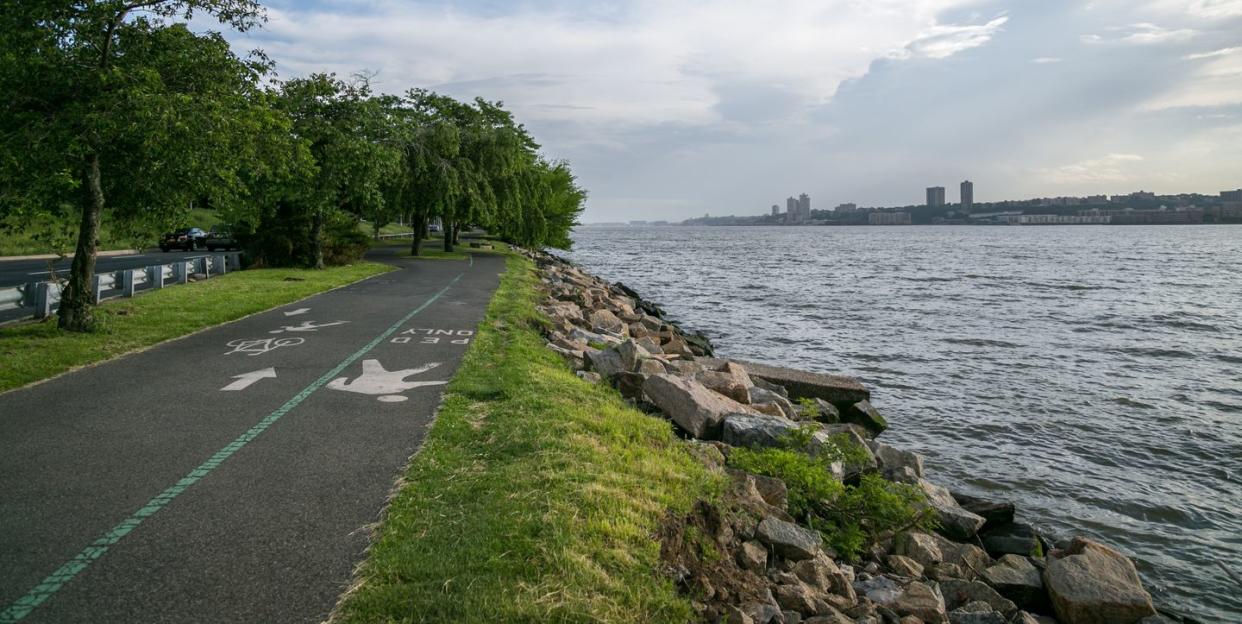This 3,000-Mile Trail System Is Benefitting Communities In 15 States

The East Coast Greenway is a multi-use, car-free path that stretches 3,000 miles from Maine to Florida. The project was hatched in 1991, by a group of eight bicycle advocates. And now, more than 30 years later, the greenway is truly coming to fruition.
The goal for the trail system was always to link the states along the East Coast, going through all major cities, and connecting rural areas. Even in the early 90s, the creators knew that going through cities and communities would garner support for the cycling infrastructure.
Bicycle infrastructure is good for business
Now that the main corridor is gaining more support, the evolution of how people interact with the trail and the places it goes through is becoming more pronounced.
Local businesses want to be near the trail, because of the slow, steady traffic. People are using the greenway both as a way to get around their own community, and as a way to discover new communities.
Which makes sense. An extensive study from Portland State University found that installing bike lanes almost always brings positive economic impacts to local businesses.
Most notably, research found that streets where bike lanes were added, that had a heavy presence of food service and retail businesses, benefited overall—seeing growth in both employment and sales.
The study also looked at the common belief that if a city removes parking in order to install bike lanes, retail and food businesses would fail. The study found quite the opposite to be true: Businesses faced with the removal of on-street parking in the study still tended to see positive change where bike lanes were present.
Reasons to be Cheerful reports that the benefits of the greenway are far reaching. Access to trails has a hugely positive impact on public health. “In Morgantown, West Virginia 60 percent of people surveyed said they exercised more once they started using the city’s trails.
Greenways also boost economies and quality of life
A study of North Carolina’s shared-use paths found every dollar spent on trail construction generated $1.72 in revenue, while also providing health and transportation benefits.” According to the East Coast Greenway Alliance, there are 50 million bike rides, runs, and walks every year along the existing route.
Just the existence of the path has already transformed many neighborhoods and communities along the East Coast Greenway, transforming many former industrial areas and abandoned railway tracks into community hubs, according to Reasons to be Cheerful.
The Greenway ripple effect
Cities that have high bicycling rates are safer for all road users, and where there are safe, protected bike paths, communities thrive. When people have safe places to recreate near nature, the entire ecosystem improves. People take ownership in the greenway; they volunteer for trash pick-up days, and take an interest in protecting waterways and open spaces.
What’s happening along the East Coast Greenway is proof that protected bike lanes and walking paths are good for local businesses and improve communities overall.
There are lots of ways to support the greenway or get involved if you live near it. And if you’d like to help build something like it in your community, they have lots of tips to get started.
You Might Also Like

